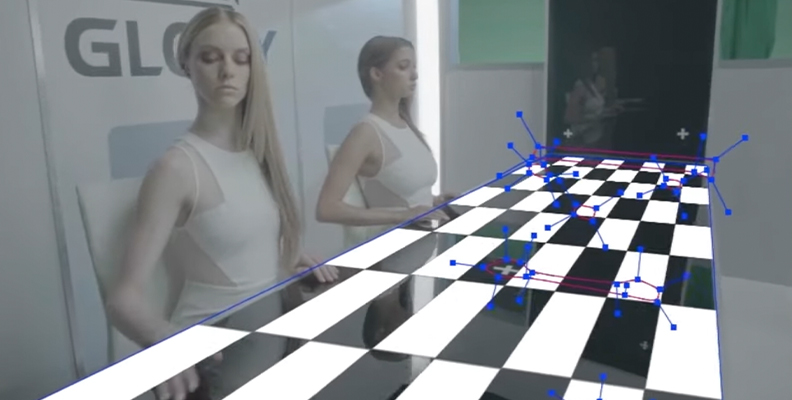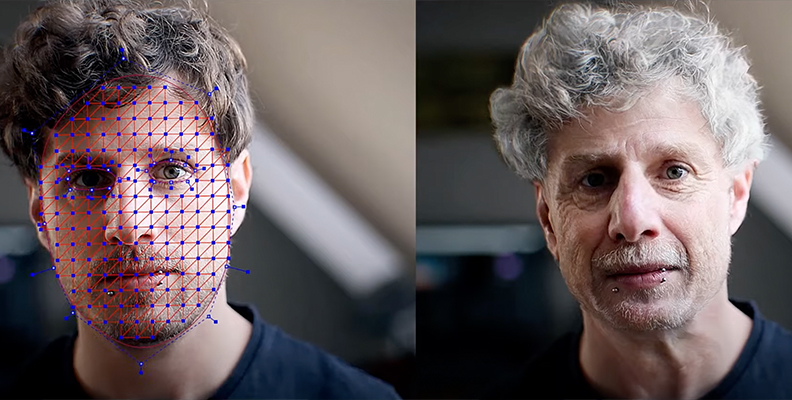In the ever-evolving fields of visual effects, animation, and augmented reality, there are two powerhouse techniques: Planar Tracking and 3D tracking. Both play crucial roles in seamlessly blending the real and virtual worlds.
This guide takes a deep dive into these tracking methods, shedding light on their unique strengths, applications, and the nuanced scenarios where one takes the lead over the other.
We'll explore the fascinating intersection of technology and creativity by uncovering what sets planar tracking apart from its 3D counterpart. Without further ado, let's get straight into it.
What is Planar Tracking?
Like a "digital detective," planar tracking follows the movement of a flat surface in videos or films. Imagine you're adding cool effects to a wall or a screen in a movie scene. Planar tracking is the behind-the-scenes hero that ensures these effects stay perfectly glued to that surface, no matter how the camera moves.
It's a tracking method that works by selecting distinct features on the flat area, like corners or patterns, and then cleverly keeps an eye on how these features shift and change as the scene unfolds. This way, it figures out the surface's every move, whether it's tilting, sliding, or even changing size.
Planar tracking is a key player in making sure digital elements, like a monster climbing a building or futuristic graphics on a screen, seamlessly become part of the action. It simplifies the complex task of keeping things looking real in the digital world, making movie magic as smooth as possible.
Planar tracking is a method that looks at multiple track points at the same time to calculate and assume a plane, rather than looking at each track point separately.
When it comes to planar tracking, the go-to choice for almost every professional studio is Mocha Pro by Boris FX.
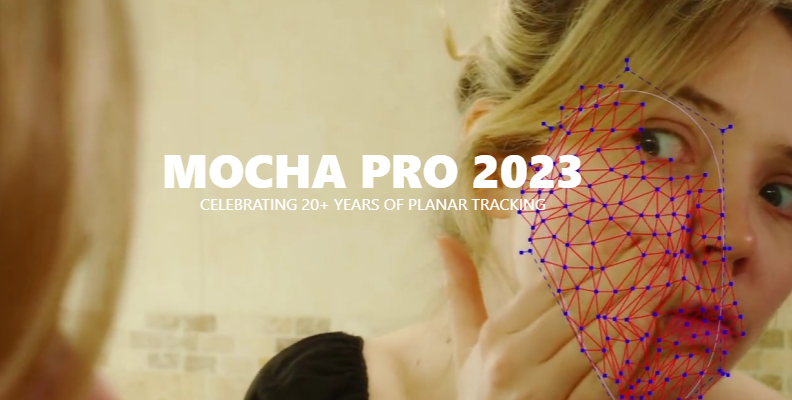
What is Planar Motion Tracking?
Planar Motion Tracking takes the detective work of planar tracking to the next level, adding a touch of magic to how we follow and understand the movement of flat surfaces in videos. It's like giving our detective not only eyes but also a sense of direction, size, and even a bit of shape-shifting intuition.
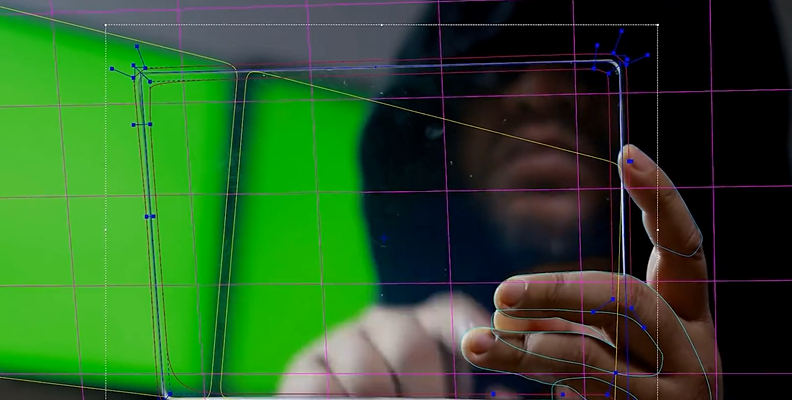
While planar tracking sticks to the flat surface's journey, Planar Motion Tracking goes further. It captures not only where it goes but also how it turns, expands, or shrinks over time. It's the tech that ensures that not only does the dragon stay on the castle wall, but it also scales and breathes realistically as the camera pans.
By keeping tabs on these extra details, Planar Motion Tracking creates a fuller picture of how our chosen flat surface dances through the frames, adding a layer of sophistication to the seamless integration of digital wonders into the visual story.
In simpler terms, it's the secret sauce that makes sure our digital creations move and groove just right in the world of movies and beyond.
What Is Corner Pin Tracking?
Corner Pin tracking is a clever technique in motion tracking that focuses on specific corners or points within a frame, essentially acting as anchors for digital content.
These tracking points are strategically chosen on a flat surface, like the corners of a screen or a building in a video.
The magic happens when these points are monitored across frames, allowing the software to decipher not just the movement of the overall scene but the nuanced transformations in the chosen flat area.
It's especially handy when dealing with camera motion, ensuring that digital elements, such as graphics or text, stay precisely aligned and move seamlessly with the changing perspective.
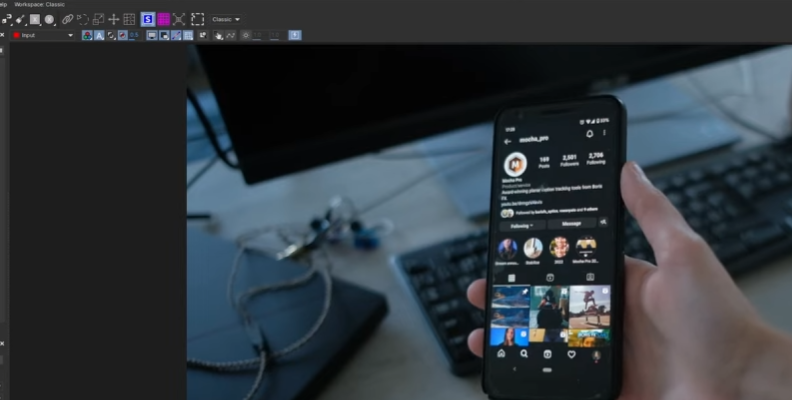
In essence, Corner Pin Tracking is the cinematic choreographer, ensuring that every corner of the digital set dances harmoniously with the twists and turns of the camera.
What is 3D Tracking?
3D tracking is a sophisticated filmmaking tool that transcends the two-dimensional constraints of traditional tracking methods. At its core is the camera tracker, a powerful technology that analyzes video footage to reconstruct the three-dimensional path of the camera during shooting, while offering the incorporation of an alpha channel.
This allows digital elements to be seamlessly integrated into the real-world environment, responding dynamically to camera movements. The processing power behind 3D tracking is a computational marvel, handling complex algorithms to interpret the visual data and reconstruct a virtual representation of the scene in three dimensions.
In the filmmaking realm, the tracker panel acts as the control center for 3D tracking, providing filmmakers with a user-friendly interface to manipulate and fine-tune the tracked data. It's here that professionals can adjust parameters, refine tracking points, and ensure precise alignment of digital elements within the 3D space like the much-known effect controls panel in editing programs.
3D tracking not only demands technological prowess but also unlocks a new dimension of creative possibilities, allowing filmmakers to seamlessly blend reality and fantasy and create set extensions, all with less and less need for manual adjustments for the new image generated.
Pros and Cons of Planar Tracking and 3D Tracking
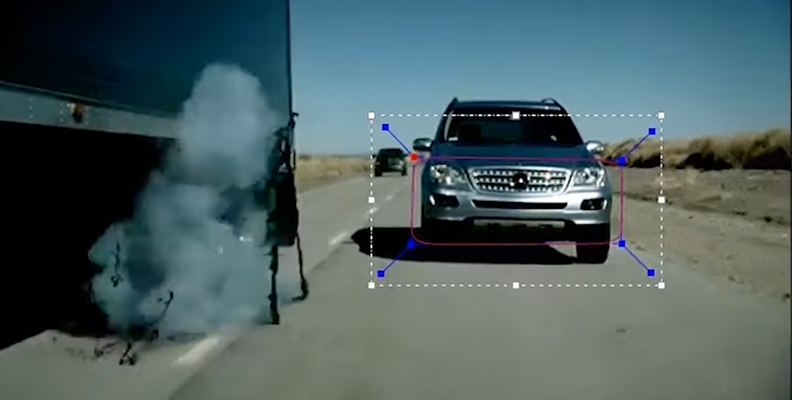
Planar Tracking
Pros:
Planar tracking excels in scenarios where surfaces like walls, screens, or floors, need to be augmented with digital content. It's particularly effective for adding graphics, text, screen replacements, or visual effects to flat, planar regions within a video. The simplicity of planar tracking makes it computationally efficient and less resource-intensive, allowing for real-time applications and quicker rendering.
Another advantage is its ease of use. Planar tracking systems often provide user-friendly interfaces that make it accessible to both professionals and beginners. This simplicity facilitates a faster workflow and can be a significant asset in time-sensitive projects.
Cons:
However, planar tracking has limitations. It struggles with non-planar surfaces or scenes with significant depth variations. Tracking objects with complex movements, rotations, or deformations may challenge planar tracking systems.
It might not be the ideal choice for scenarios where understanding the full three-dimensional motion of objects is crucial. Additionally, planar tracking may face difficulties when dealing with occlusions, where objects in the scene block the tracked surface, potentially leading to tracking errors.
3D Tracking:
Pros:
3D tracking provides a more comprehensive understanding of the camera's movement and the scene's geometry. It excels in capturing complex motions, rotations, and changes in depth, making it suitable for scenarios where a detailed reconstruction of the three-dimensional environment is required.
This technique is powerful for integrating computer-generated elements seamlessly into live-action footage. It's often employed in high-end film production where accuracy and realism are paramount. 3D tracking allows for an immersive blending of virtual and real elements.
Cons:
The main drawbacks of 3D tracking are its computational intensity and complexity. The algorithms involved demand significant processing power and may require longer rendering times. This makes 3D tracking less suitable for real-time applications or projects with tight deadlines.
Furthermore, the learning curve for mastering 3D tracking tools and techniques can be steep, limiting accessibility for newcomers to the field. The intricate nature of 3D tracking systems may also result in a slower workflow compared to the more straightforward planar tracking approaches.
How to Choose One
Choosing between a planar track and a 3D track depends on the specific requirements of your project and the characteristics of the footage you're working with. Here are some considerations to guide your decision.
1: Nature of the Scene
![]()
Planar Track: Opt for planar tracking when your scene involves predominantly flat surfaces like walls, screens, or tabletops. It excels in situations where the camera movement is relatively simple and the tracked surface remains mostly planar.
3D Track: Choose 3D tracking for scenes with complex camera movements, changes in depth, or non-planar surfaces. It's ideal for capturing detailed three-dimensional information and is crucial when the scene demands a more immersive integration of virtual elements.
2: Type of Elements to Integrate
Planar Track: If you are primarily adding graphics, text, or simple visual effects to flat surfaces, planar tracking is often sufficient. It's efficient and provides good results for these types of elements.
3D Track: When dealing with more complex 3D objects or elements requiring realistic interactions with the environment, 3D tracking is the better choice. It enables a more accurate placement of 3D objects in the scene.
3: Computational Resources
![]()
Planar Track: If your project has limitations in terms of processing power or requires real-time performance, planar tracking is generally more lightweight and faster.
3D Track: For high-end productions where computational resources are not a significant constraint, and precision is paramount, 3D tracking is the preferred option despite its higher computational demands.
4: Learning Curve
Planar Track: Planar tracking tools are often more user-friendly and have a gentler learning curve. They are suitable for both beginners and professionals looking for a quick and straightforward solution.
3D Track: 3D tracking systems may have a steeper learning curve due to their complexity. Choose 3D tracking if you have the expertise or time to invest in mastering the intricacies of the technology.
5: Budget and Time Constraints
Planar Track: If you have budget or time constraints, and your project fits the criteria for planar tracking, it can be a cost-effective and efficient choice.
3D Track: For projects with higher budgets and a need for cinematic realism, especially in film production, 3D tracking may be worth the investment.
Verdict
Ultimately, the decision hinges on the unique characteristics and demands of your specific project, weighing factors such as scene complexity, desired visual outcomes, available resources, and the expertise of your team.
In some cases, a hybrid approach, combining elements of both planar and 3D tracking, might be the most effective solution.
Final Words
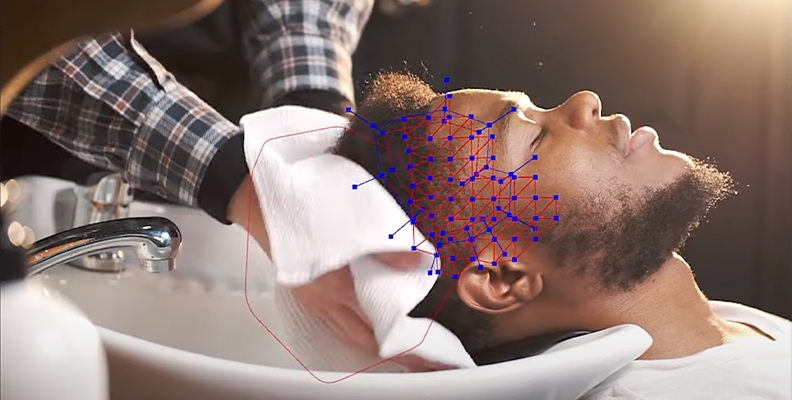
That covers everything you need to know about the constantly evolving 3D tracking and planar tracking methods.
Hopefully, this tutorial will help you make the best decision for your upcoming projects should you rely on such technology for the ultimate cinematic results.













